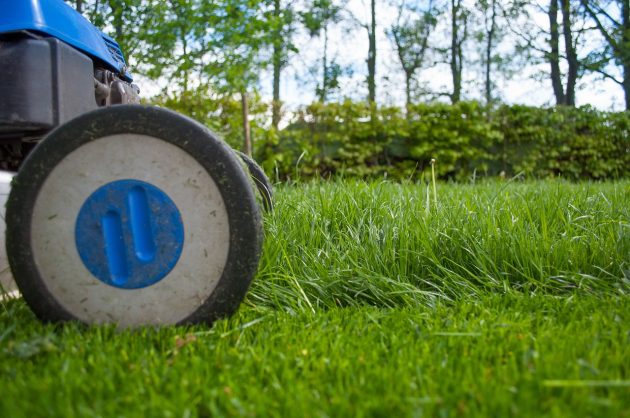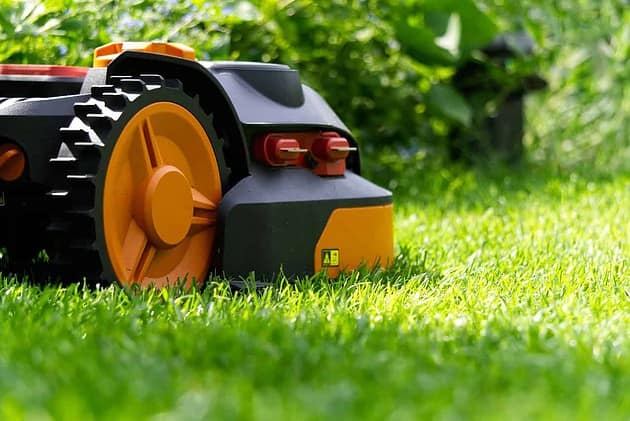Like most homeowners, you probably take great pride in your lawn. After all, it’s one of the first things people see when they drive by your house. But even if you’re diligent about mowing and watering, there’s a good chance you’re making common mistakes that can lead to an unhealthy lawn. This blog post will share some of the most common lawn care mistakes and how to avoid them. So read on to learn more.

Fertilizing your lawn too often
It’s tempting to want a beautiful, lush lawn with minimal effort, but it’s essential to resist the temptation of over-fertilizing. Too much fertilizer wastes money and resources and can damage your lawn by encouraging rapid, weak growth that is easily damaged and less resistant to environmental stresses. When it comes to lawn weed killers, insecticides, and other chemicals, it’s always better to err on the side of caution and use them only when necessary. Some target specific types of weeds, and insecticides target particular pests. Some even have a slow-release formula that protects over more extended periods. But the best approach is still to fertilize your lawn in moderation and use chemicals only when necessary.
Overwatering your lawn
When trying to keep your lawn looking beautiful and healthy, it’s easy to get carried away with watering. But overdoing it can have a detrimental effect on your lawn. Too much water will cause the grass blades to become weak and less resistant to environmental stresses such as extreme temperatures, meaning that the grass is more likely to die off or become diseased. Additionally, too much water encourages the growth of weeds and diseases and wastes resources. Establish a watering schedule that maximizes efficiency without over-watering your lawn to get the best results.
Not mowing your lawn regularly enough
Not mowing your lawn regularly enough can have severe consequences for the condition of your lawn. A patchy, disheveled mess will replace lush grass if your lawn goes too long between cuts. Unmown grass will grow taller and develop seed heads, making it difficult to mow and leading to you having an unevenly cut surface that could cause harm to yourself and other people who use the lawn after you. Additionally, older grasses that are left uncut attract pests like rats and mice, increasing the risk of damaging other plants or anything else in or around your property. By mowing regularly, on the other hand, you can keep your lawn in excellent condition while enjoying the sense of accomplishment that comes from taking care of something beautiful.
Mowing your lawn too short
Mowing your lawn too short is not a sustainable approach to lawn care. Doing so means the grass is more prone to drying out, resulting in an unsightly landscape. The grass roots will become shallow, and the grass blades will be below their optimal height, leading to increased vulnerability to harsh conditions such as heat, cold, and droughts. Moreover, cutting your grass too short also prevents photosynthesis from occurring properly, hampering the growth and health of the lawn. It’s best to mow at regular intervals but maintain a slightly longer length for better results for your lawn.
Overlooking leaves and other debris
Your lawn is not immune to the effects of leaves, twigs, and other debris that can accumulate over time. These materials hinder grass growth by blocking sunlight, reducing air circulation, and keeping vital nutrients away from the roots. Additionally, if left untouched for too long, organic matter such as leaves will decompose on your lawn, producing excess moisture at the soil surface and creating an ideal environment for moss and other diseases to thrive. To ensure that your lawn remains healthy, rake up leaves and debris as soon as they accumulate on the grass. This will help keep pests away and allow sunlight and air to reach the roots of the grass, ensuring that it stays healthy and vibrant.
Not aerating or dethatching your lawn
Not aerating or dethatching your lawn could be wreaking havoc on its health. Aeration and dethatching ensure that the soil remains loose, allowing water and nutrients to get more deeply into the root system of the grass. Additionally, this helps to reduce overall compaction, creating space for new roots to spread out. A result of not aerating or dethatching is most readily seen when you notice that much of your turf has thinned out and bare patches have started to form. If you want healthy, lush grass all year round, it’s crucial to invest the time in properly caring for your lawn, including occasional aeration and dethatching.
All in all, proper lawn care can make a big difference. Educating yourself on the different steps of good lawn care is another excellent way to ensure that your lawn continues to be in tip-top shape over time. And remember – if at any point you have questions or are unsure about how to take care of your lawn properly, don’t hesitate to contact a local garden store for professional advice.















